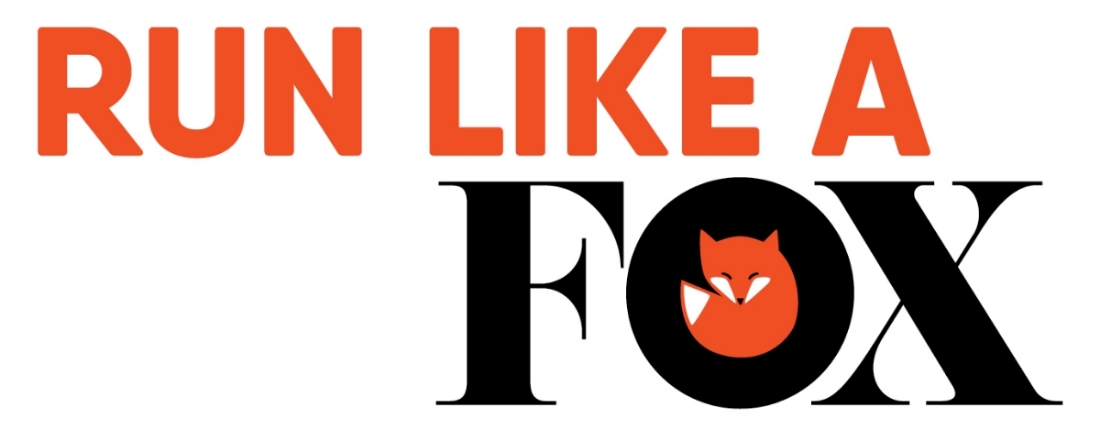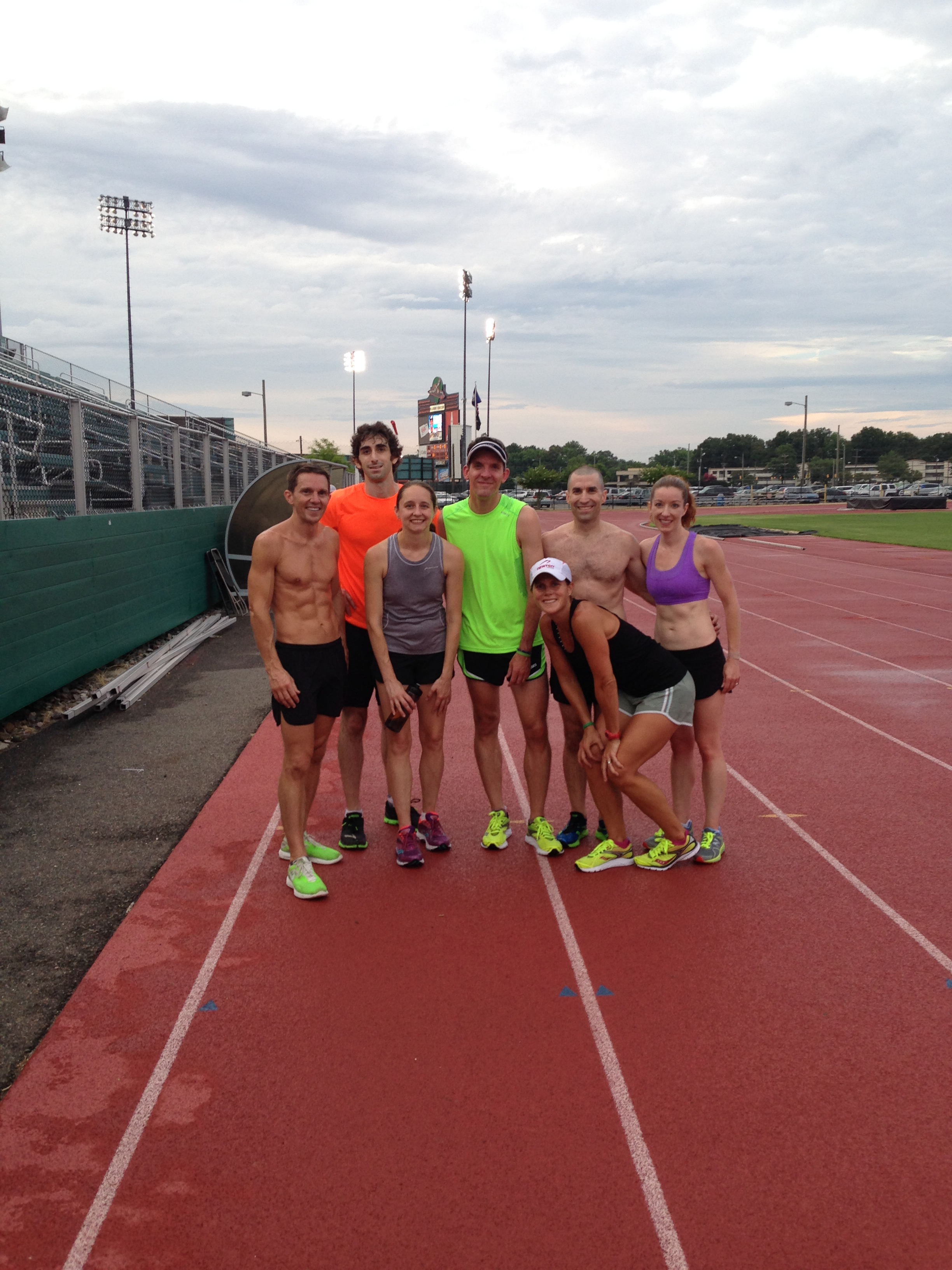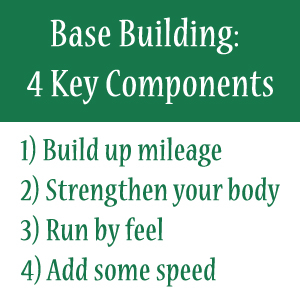Running Outside My Comfort Zone
/Yesterday’s workout: Morning: 5 miles recovery Evening: 2 mile warm up, followed by 3000m @ 5Kish pace, 4x400 relay at a crazy-sprint pace, and a cool-down “predict your time” mile
A lot of runners (myself included) get stuck in a rut from time to time. Same schedule, same routes, same paces. It’s comforting to stick to what you know and what has worked in the past. If it’s not broken, don’t fix it, right? But I’d argue that we all need to shake things up once in a while and try something completely different. Not only does it give our bodies a new stimulus to adjust to (which will hopefully provide positive adaptations), but it gives our mind a much needed break from the monotony of training as well. Which is why yesterday found me toeing the line for a sticky, hot and humid 3000m race at our local track.
We are fortunate in Richmond to have a very supportive running community. One of the things that they put on each year is the Summer Track Series. As the name implies, it’s a series of track events held each week in the summer – at 6:30pm in the evening. Everyone is welcome, and registration happens at 6pm the night of the events. So you just show up, sign up, and run!
I haven’t been on a track to run true intervals in years. The past several marathon training seasons I’ve been using the plan from Pfitzinger’s Advanced Marathoning book and due to the nature of the longer intervals he suggests, I’ve been able to run them all on the roads.
I’ve been comfortable in that little world – with no short intervals, and no real races longer than 15K. But I was recently issued an invitation by a friend to join him for the 3000m at the Summer Track Series. Since I’d normally have a tempo run on Monday, I figured I’d just leave that off the schedule and run the 3000m on Wednesday instead. It’s sliiiiightly different than my regular tempos since a) it was not at 5:30am and b) it was ridiculously hot and humid since it’s held at the end of the afternoon.
But show up I did and I found myself lining up with a bunch of local high school speedsters. I warmed up, then nervously walked around. Everyone was doing drills and strides and stretches. I figured some strides wouldn’t hurt and knocked out a couple before lining up for the 3000m. After a crash course in track etiquette (Do I move over into lane 1 after the gun? (In this case, Yes) Do I run around people or holler at them to move? (Run around them)), I found myself staring down seven and a half laps at a pace faster than I’d ever run for that distance. I took a deep breath, the gun went off, and we ran.
I settled into a pretty decent groove after a lap or so. It was work, but it felt like I could maintain it for the duration. Despite running a 6:10 pace, with two laps to go I got lapped by the high school boys (which didn’t feel great, but also made me appreciate their speed!). Throughout the race I also had to dodge slower folks and I also tried to hold lane 1 open for the guys I knew were coming up behind me. In the end I crossed the line in 11:59. Per my Garmin, I’d done more distance with the people dodging (1.94 miles – making my pace 6:10), but the official pace was 6:25. I was happy enough with the pace given the heat and humidity, and definitely felt I’d gotten in a solid effort.
After the 3000m, my friends and I signed up for the 4x400 relay and got crushed by the high school kids. It was pretty fun to get out there and try to run as fast as we could for a lap (and try not to drop the baton!). Our cool-down for the evening was a “predict your mile” – one mile on the track with no watches. We didn’t race it, just ran at a steady pace and tried to guess what time we’d end up with. I guessed 7:13 and ended up at 7:25 – I guess I was more wiped out than I thought!
Either way, the evening on the track turned out to be a good effort and more importantly, it was FUN. It was fun to try something new, to be a bit nervous. And it was a great reminder to step outside that "safe" comfort zone on occasion and mix it up. I encourage all of you to try something new this month. If your city has anything like this, get out there and sign up! Or choose another event or race that's outside your own distance preferences and give it a go. You may surprise yourself at how much fun you have doing something completely different. Even though I couldn’t keep up with the kids half my age on the track last night, it was a fantastic opportunity to feel young at heart.









